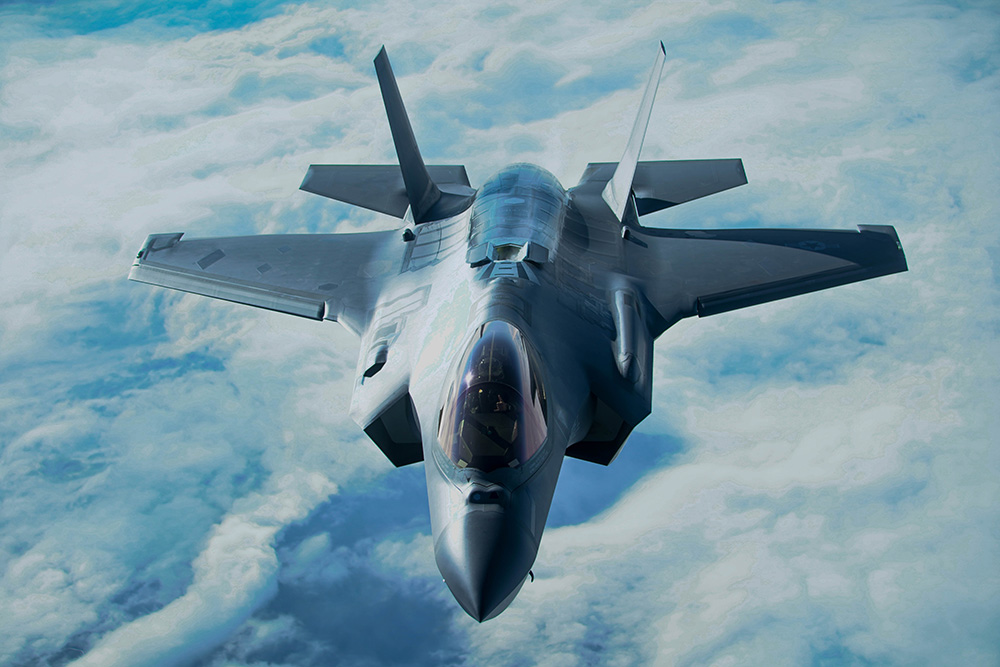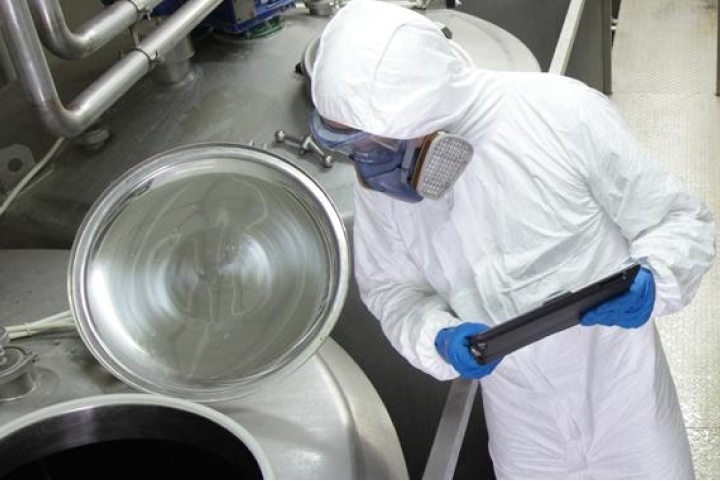Stainless Steel Passivation Services
What is Passivation? Passivation is a non-electrical metal finishing process to help prevent metal surfaces from corrosion and pitting. The chemical treatment for stainless steel and other alloys makes the metal more resistant to rust and reduces chemical reactivity.


What is Passivation?
Passivation is a chemical process in which the surface of a material is coated in such a way that it becomes “passive,” or less easily corroded by the environment.
Learn More
Benefits of Passivation
Stainless steel passivation, and passivation for other metals and metal alloys, offers a range of benefits beyond improved corrosion resistance for stainless steel components.
Learn More
Passivating Materials
Passivation is used for a number of different alloys and has found a home in a range of industries.
Learn More
Passivation Apps & Industries
EMI’s passivation services, which adhere to a range of industry standards, can provide you with the level of durability you need in even the most corrosive environments.
Learn More
Passivation Quality Standards & Specs
EMI has gone out of its way to developing passivation services that meet the highest standards in the industry.
Learn More
How Does Passivation Work?
Our passivation services involve immersing stainless steel parts in an acid bath (usually nitric or citric acid). This process removes free iron from stainless steel surfaces. When the stainless steel is exposed to oxygen-containing environments, a thin chromium oxide film layer then forms. While most stainless steels naturally form this protective oxide layer, the passivation process thickens the layer and significantly speeds up the process. The oxide layer creates a passive surface that acts as protection from corrosive environmental stimuli.
Why Passivation?
Passivation removes outside free iron and iron compounds from the surface of metal, removing surface contamination, but leaving the integrity of the stainless steel intact. Improving the quality as well as sterilization of stainless steel, the passivation process is ideal for a variety of industries including aerospace & defense, medical, food & beverage, and oil & gas.
The 300 series stainless steel alloys are best suited for passivation. However, some of the 400 and other high sulfide series alloys are not the best candidates for the passivation process. For assemblies that will need to be passivated, all components should be made of the same alloy as different alloys may have different appearances after the passivation process.
With over 20 years of experience and a commitment to quality standards and processes, Electro-Max, Inc. provides the best service, unsurpassed quality and superior passivation services. EMI is NADCAP accredited, fully registered to ISO9001:2015 and complies with ASTM A380, ASTM A 967, AMS 2700, QQ-P-35, SPS-1001, PS 2026, or customer specific standards.
Do you have questions?
Ask an expert today.
Give us a call or fill out the form below and one of our team members will be in touch as soon as possible.
*marks required fields
Or Give Us a Call
(847) 683-4100







